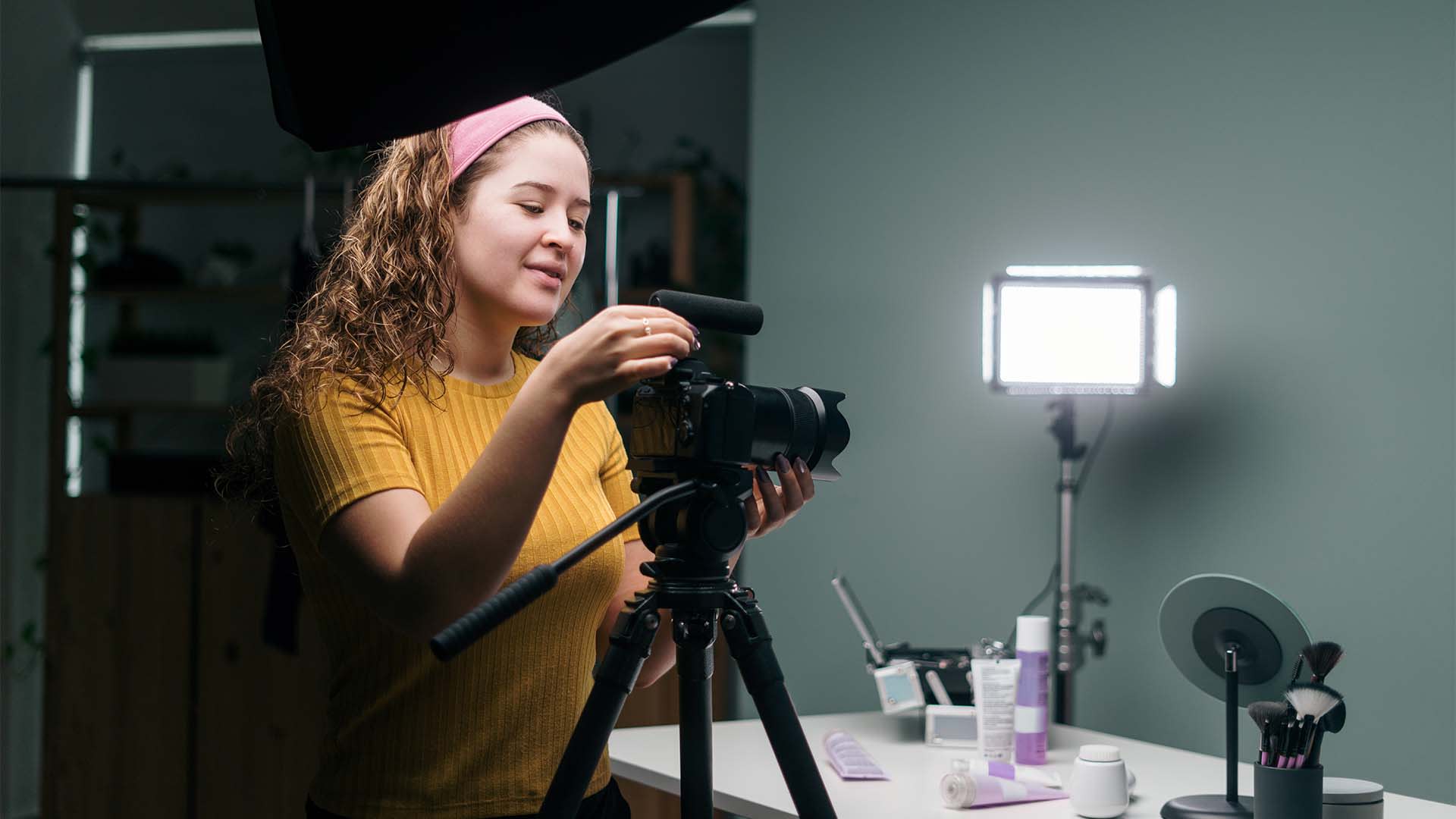Locking in Your Customer Acquisition Strategy
The general rule is that you can spend more — as a percentage of your sales price — to acquire a recurring revenue customer than someone who is a one-off. But how much should you spend? And just as importantly, when is it appropriate to involve your sales and marketing team? Or maybe, even try to find a way to get the word out about your product or service virally?
What’s Your Number?
When it comes to how much to spend, and who to get involved in customer acquisition, your starting point is how much you charge for your product or service.
My guideline is that you can spend more on a recurring product or service, maybe 40 percent of your selling price, than on a one-off — where you should target 20 percent of the selling price. You can come up with similar math if you want to set your cost baseline on a percentage of margins instead.
Let’s walk through some examples of customer acquisition costs.
High Ticket
Let’s start big: A product or service that costs $100,000. This is a significant investment on the part of a customer, and your customer acquisition cost should reflect that. You should be prepared to spend up to $20,000 to acquire this customer. To do that, it’s more than just giving them information — you’ll need the ability to build a relationship with the customer. They need to trust you, and you can’t do that through e-commerce. Sure, some people might spend that buying a Tesla online, but can your business do that? If not, this investment should tell you that you can afford to hire a salesperson to build the kinds of relationships you need — in addition to spending on the marketing campaigns required to build awareness and leads with the right customers.
Moderate Value
Now, let’s lower your product or service’s price to $1,000. That means you can spend up to $200 for customer acquisition. Maybe you can rely on a call center to help you close deals in this range, but more likely you’ll need to rely heavily on a digital marketing campaign to do the dual work of both generating leads and closing sales for you to make a decent margin. That means you should be leaning heavily into strategies like Facebook ads, TikTok videos, and finding influencers to help drive people to your website. The point is that you should rely heavily on marketing, rather than on salespeople, to close these kinds of sales.
Bargain Bin
If your product or service retails for $10 then, to be frank, you have no business spending any money on customer acquisition, marketing, or sales. Our model says you can spend just $2 to land a new customer. So how can you do that? A great strategy is leveraging what’s known as viral marketing — where you use the content you or others create to generate traction with free and earned media. In other words, you want to find ways to make your content go viral. If you can find ways to get stories about your product or service out to thousands of potential customers (or more) for less than $2 a pop, then you have a chance to hit it big.
Pick a Customer Acquisition Approach That’s Best for You
So when it comes time to solidify your customer acquisition strategy, think about your sales price and how much that gives you to work with. That will go a long way in helping you understand what channel might work best financially for you — sales, marketing, or viral.



